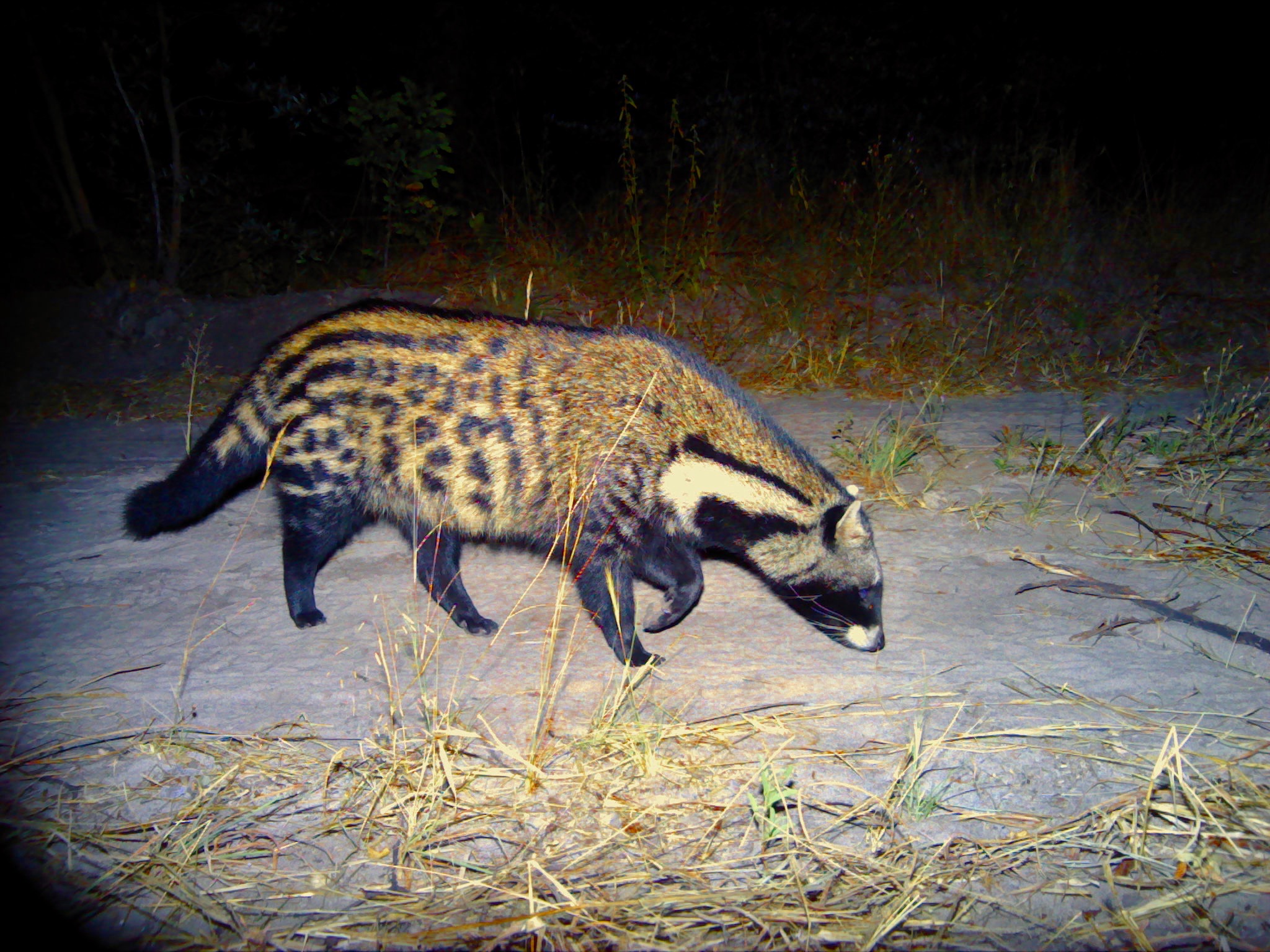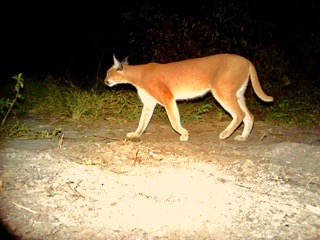
The Mudumu Landscape
Lise Hanssen1, Matiti Hans Fwelimbi1, Balyerwa, Dzoti, Kabulabula, Kasika, Lusese, Mashi, Nakabolelwa, Sangwali, Sobbe and Wuparo Conservancies
Background
The Mudumu Complexes in the Zambezi Region are made up of protected areas, conservancies and community forests and lie adjacent to the Kwando River in the eastern part of the region. This area lies at the heart of the Kavango-Zambezi Transfrontier Conservation Area (KAZA TFCA), within the Kwando Wildlife Dispersal Area (WDA), and is one of six WDAsidentified as imperative for wildlife connectivity within KAZA. The Kwando WDA is an important area for transboundary movement of many wildlife species including all of the larger carnivores, and is pivotal to the success of KAZA as a wildlife landscape, and an especially important area of connectivity of lions between Angola, Botswana and Zambia.
During 2012 and 2013, predation on cattle by lions in the conservancies of the Mudumu South Complex increased dramatically, seemingly in response to lion populations in Nkasa Rupara and Mudumu national parks reaching their ecological thresholds. In 2012/13 a total of 135 cattle were reported killed by lions, followed by 61 in 2014. In response 17 lions were killed in retaliation in late 2012/2013. One pride was particularly heavily culled, the Lupala Pride, which was 15 individuals strong in early 2012, and by the end of 2013 had been reduced to 3 individuals. By the end of 2014, only a single adult female remained of this pride leaving a vacant territory, severely impacting tourism activities in the area and causing friction between stakeholders.
A comprehensive human-lion conflict mitigation project was initiated in the Mudumu-South Complex of Namibia in 2013/14. The project was expanded to include the Mudumu North Complex during 2016 focusing on two conservancies (Mashi and Sobbe) adjacent to Mudumu National Park. During 2017, the conservancies along the eastern floodplain of the Chobe River were also included as 17 lions originating from Chobe National Park in Botswana were killed there. The key focus of the program to date has included the building of 110 lion-proof kraals in the Mudumu Complexes and 20 lion-proof kraals along the eastern floodplain, the employment of a human-lion conflict coordinator, supporting conservancy game guards in dealing with conflict situations and extensive engagement with communities. More recently we have successfully used mobile kraals to protect grazing cattle on fields and have partnered with Namibian NGOs who are piloting rangeland conservation in one conservancy in the Mudumu South Complex.
This has resulted in an overall reduction of approximately 80% in the annual number of cattle killed by lions in the Mudumu Complexes. Retaliatory killing has dramatically declined where 20 lions were killed in 2013/14, no lions were killed in 2015 and 2016 , two lions were killed during 2017 and one lion was killed in 2018. The lion population has recovered to pre-2013 levels, a number of male lions have dispersed through the Kwando WDA and lions are once again an important tourism attraction for the parks of the Zambezi Region.






